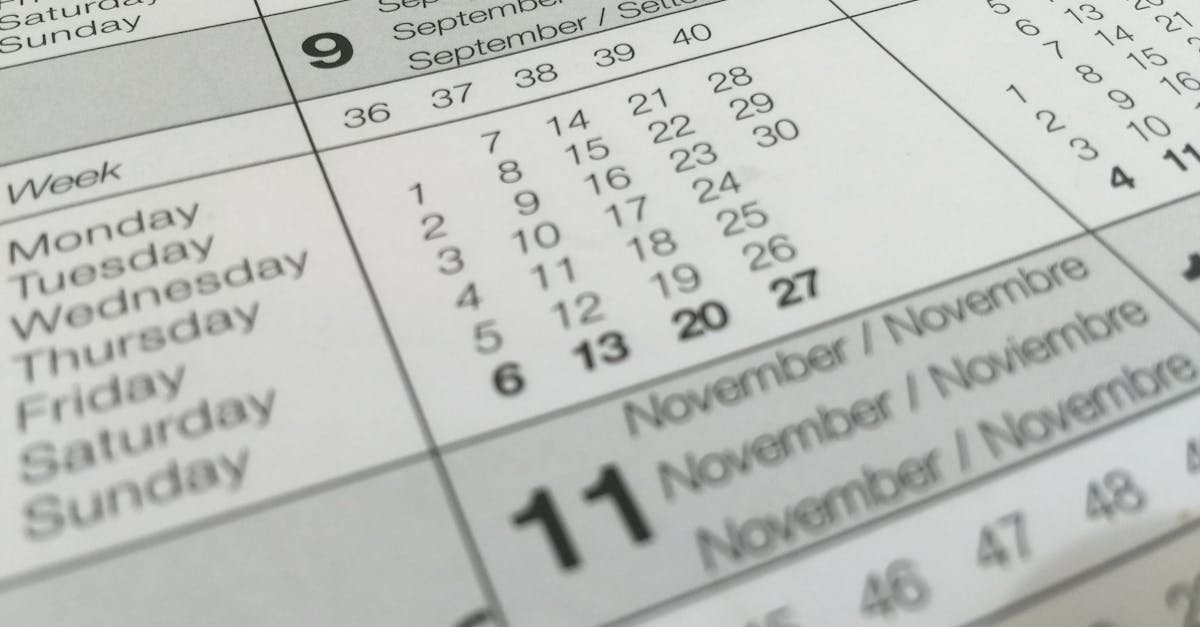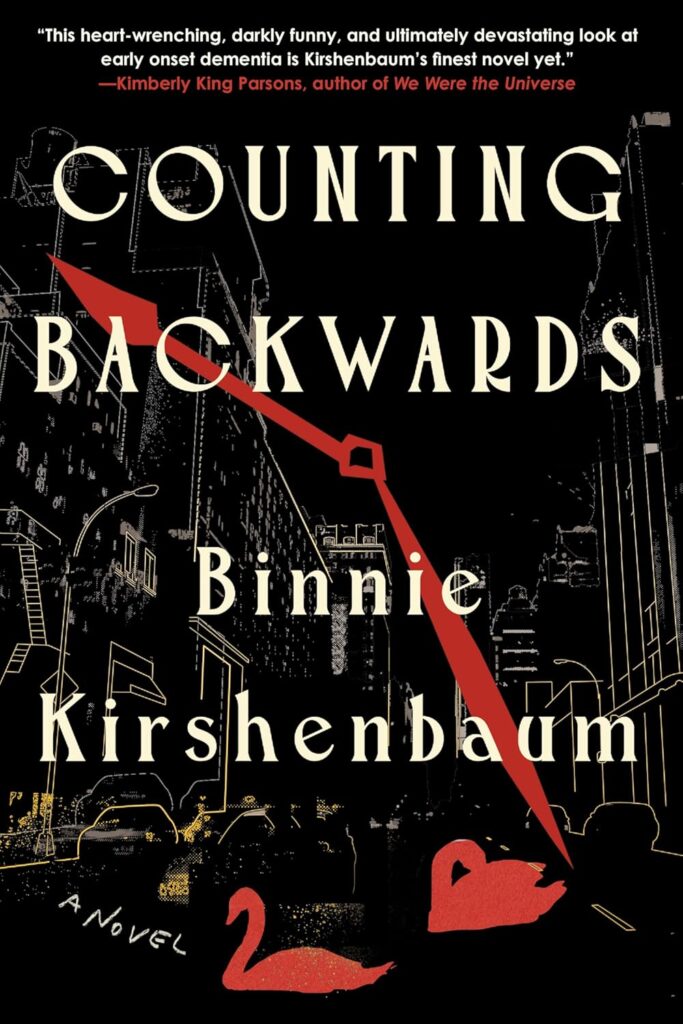Hey there, future writing superstar! 👋 Are you ready to take your writing game to the next level? Let’s dive into the world of writing schedules and turn you into a productivity powerhouse!
Why Bother with a Writing Schedule?
Imagine having a secret weapon that helps you:
- Write more consistently
- Finish your projects faster
- Kick writer’s block to the curb
- Level up your writing skills
That’s exactly what a good writing schedule does for you! It’s like having a personal trainer for your writing muscles. 💪
Step 1: Figure Out Your Writing Mojo
Before we jump in, let’s play detective and uncover your current writing habits:
- Grab a notebook or use a tracking app on your phone
- For the next week, jot down:
- When you write
- How long you write
- How you feel during each session
At the end of the week, look for patterns. Are you a night owl or an early bird? Do you write better after your favorite snack? This info is gold for creating your perfect schedule!
Step 2: Dream Big, Plan Smart
Now, let’s set some goals! But remember, we’re not trying to write the next “Harry Potter” overnight. Think:
- Short-term goals: “I’ll write 500 words every day this week”
- Long-term goals: “I’ll finish my short story collection in 3 months”
Break down big projects into bite-sized chunks. It’s like eating a pizza – one slice at a time is way easier than shoving the whole thing in your mouth! 🍕
Step 3: Design Your Dream Schedule
Time to create your writing timetable! Here are some options:
| Schedule Type | Pros | Cons |
|---|---|---|
| Daily | Builds strong habit | Can feel overwhelming |
| Weekly | More flexible | Might be easier to skip |
| Monthly | Good for big projects | Requires more self-discipline |
Pick what works best for you. Maybe start with 30 minutes a day and work your way up. And don’t forget to leave some wiggle room – life happens!
Step 4: Create Your Writing Sanctuary
Your writing space can make or break your focus. Here’s a checklist for the perfect writing spot:
- Comfortable chair
- Good lighting
- Minimal distractions (bye-bye, phone notifications!)
- Inspiring decorations (posters, plants, whatever floats your boat)
- Snacks and drinks nearby (brain fuel is important!)
Step 5: Develop Your Writing Rituals
Ever notice how athletes have pre-game routines? Writers can have those too! Try:
- Pre-writing:
- Do some quick stretches
- Put on your “writing playlist”
- Light a scented candle
- Post-writing:
- Jot down ideas for your next session
- Give yourself a high five in the mirror
- Treat yourself to something fun
Step 6: Keep Yourself in Check
Staying on track can be tough, but these tricks can help:
- Use a writing app to track your progress
- Find a writing buddy to cheer you on
- Join online writing challenges (NaNoWriMo, anyone?)
Step 7: Tackle the Tough Stuff
Writer’s block? Multiple projects? No sweat! Try these:
For writer’s block:
- Free write about anything for 5 minutes
- Change your scenery (write in the park!)
- Work on a different part of your project
Juggling projects:
- Use a color-coded calendar
- Assign specific days to different projects
- Set priorities and stick to them
Step 8: Tweak and Improve
Your writing schedule isn’t set in stone. Every few weeks, ask yourself:
- Am I meeting my goals?
- Do I feel pumped or drained after writing?
- What’s working well? What’s not?
Don’t be afraid to shake things up if needed!
You’ve Got This!
Creating a writing schedule is like leveling up in a video game. It might take some practice, but soon you’ll be crushing your writing goals like a boss! 🎮
Remember:
- Start small
- Be consistent
- Celebrate your wins (no matter how tiny)
- Keep adjusting until you find your perfect rhythm
Now go forth and write your heart out! The world is waiting for your awesome words! ✍️🌟
About the Author: This article was crafted by a word wizard who’s been slinging sentences for over a decade. They’ve written everything from blog posts to books, and they’re passionate about helping young writers find their groove!












